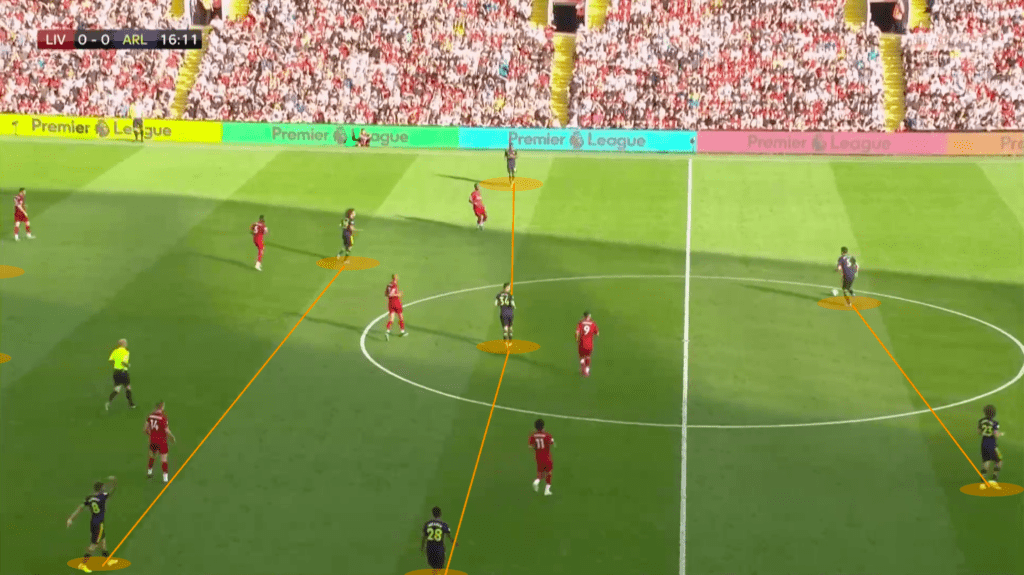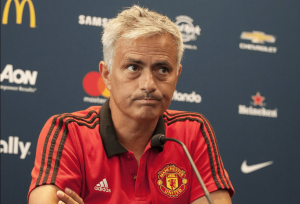How many times have we heard that such a team looks like this other because they play with the same game system, opinions about the game system used by a coach, whether or not such a player fits into this game system, etc.
But do we really know what the game system is? What information give it to us about the team?
The game system, is the picture or conclusion that we can draw from a team regarding the organization of its players in the field in general. From MBP, we understand it then as that sequence of numbers extracted from a superficial analysis that gives us little or no relevant information about specific organizations, individual or group behaviors, etc. It simply shows us how the chips are organized on the board just at the start of the game before the ball rolls, since once it is set in motion, these chips move and it is difficult for us to identify that system …
This information then simply serves us to know the common areas of influence of each of the players in the field, but with which we cannot conform as professional analysts if we want to draw weighty conclusions that bring us closer to victory.
If we want to go one step further, we must be able to interpret and analyze the structures of the team.
What then are the team structures?
The structure is each of the organizations that the team adopts in each of the phases and moments of the game. To each of these structures, a common tactical intention will be linked, or put another way, principles and sub-principles of play that build part of a team’s game model.
For example, Arsenal this season according to official reports played the last league game against Liverpool a P-4-3-1-2 or P-4-4-2 system in rhombus. With this system we intuit a reinforcement of the center of the field at different depths, a use of the central lane forgetting a little more the side rails, etc. But this is nothing more than assumptions, since depending on the players who interpret it, and how they will be organized in each phase and moment, things change.

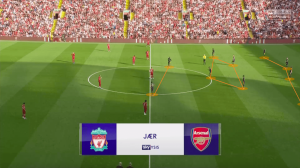
If we carry out a deeper analysis and try to identify the structures of the Arsenal in some phases and moments of the game, we will realize some of the aspects that we try to explain.
For example, Arsenal, in Defensive Phase in low block with ball in center lane, we identify that many times it is organized in a P-4-2-1-3 as seen in the image, where the 2 strikers open to control At the entrance of its sides, the midfielder takes a step forward, and one of the 3 interiors joins the midfielder to reinforce the space ahead of the defensive line.
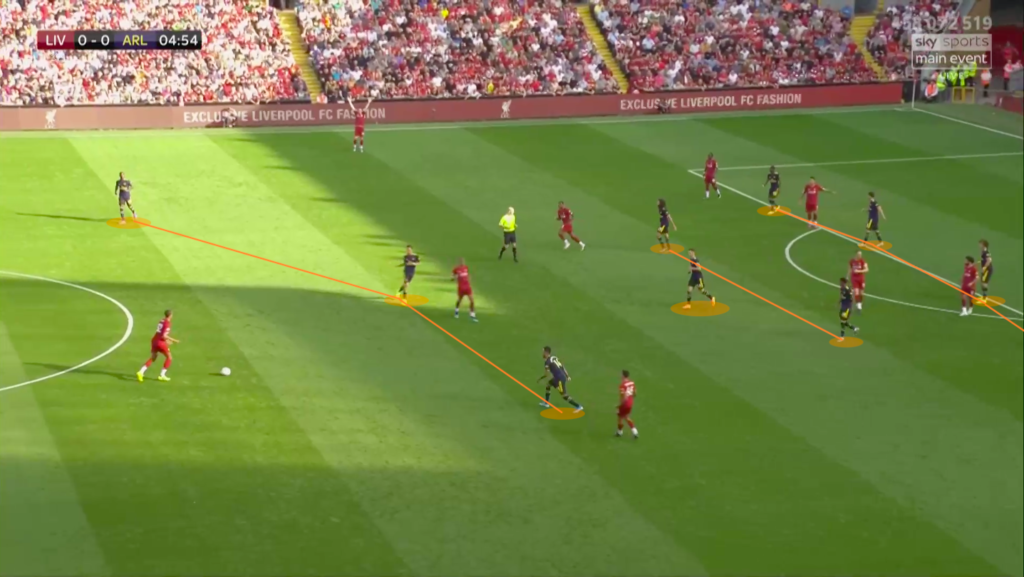
However, in that same Phase and Moment of the game, but with the ball in a side lane and with a cross situation, we observe how the structure always varies to a P-5-3-2 on one of the interiors incorporating as a lane outside the defensive line reinforcing that zone of fall to the 2nd stick and letting the side jump to press the possessor without losing numerical superiority in the auction zone (Liverpool always places its 3 strikers in the center lane), the 3 midfielders dealing with the front of the area, and the 2 front off-hooks.
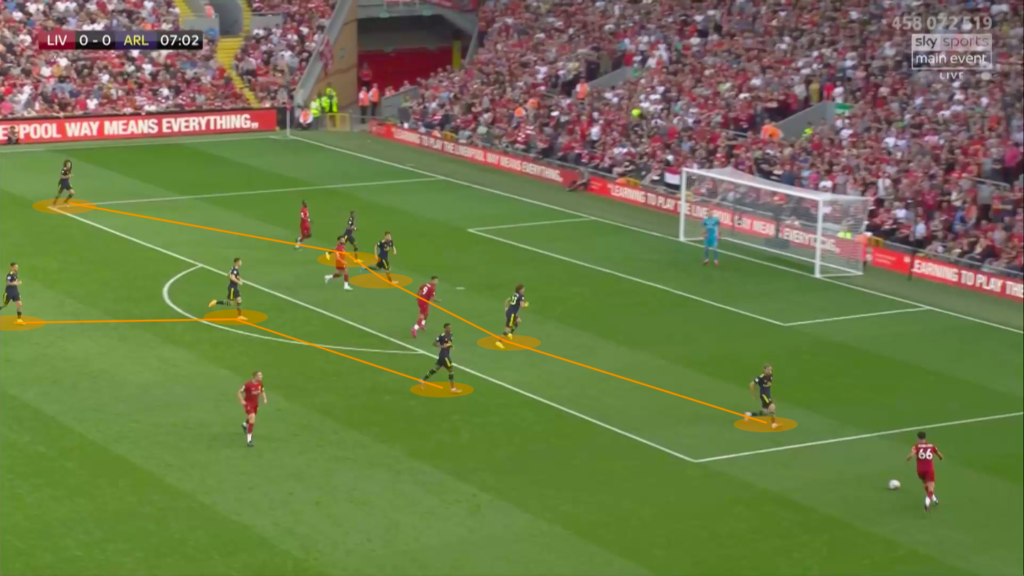
Finally, and only as an example to see how that structure varies and the information that can give us unlike the system, is the organization of the Gunners in Offensive Phase in the construction zone, where we clearly observe that it is organized in a P-2 -4-2-2, with the 2 centrals giving support from behind, the sides giving amplitude incorporating the media area, those of the organized media line so that 2 are sunk and 2 deep, + the 2 front always off-hooks and trying to break behind the back of the rival defense.
